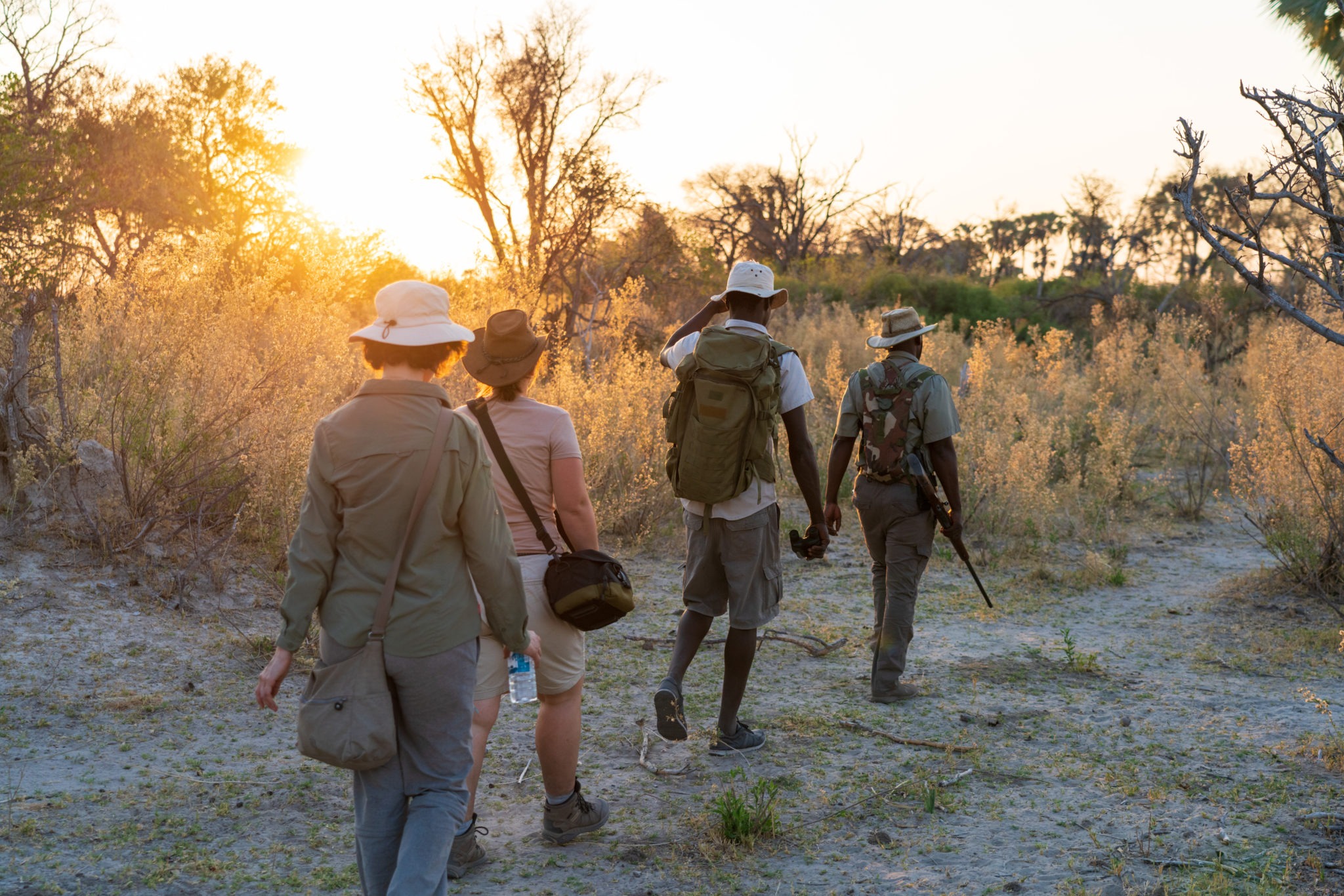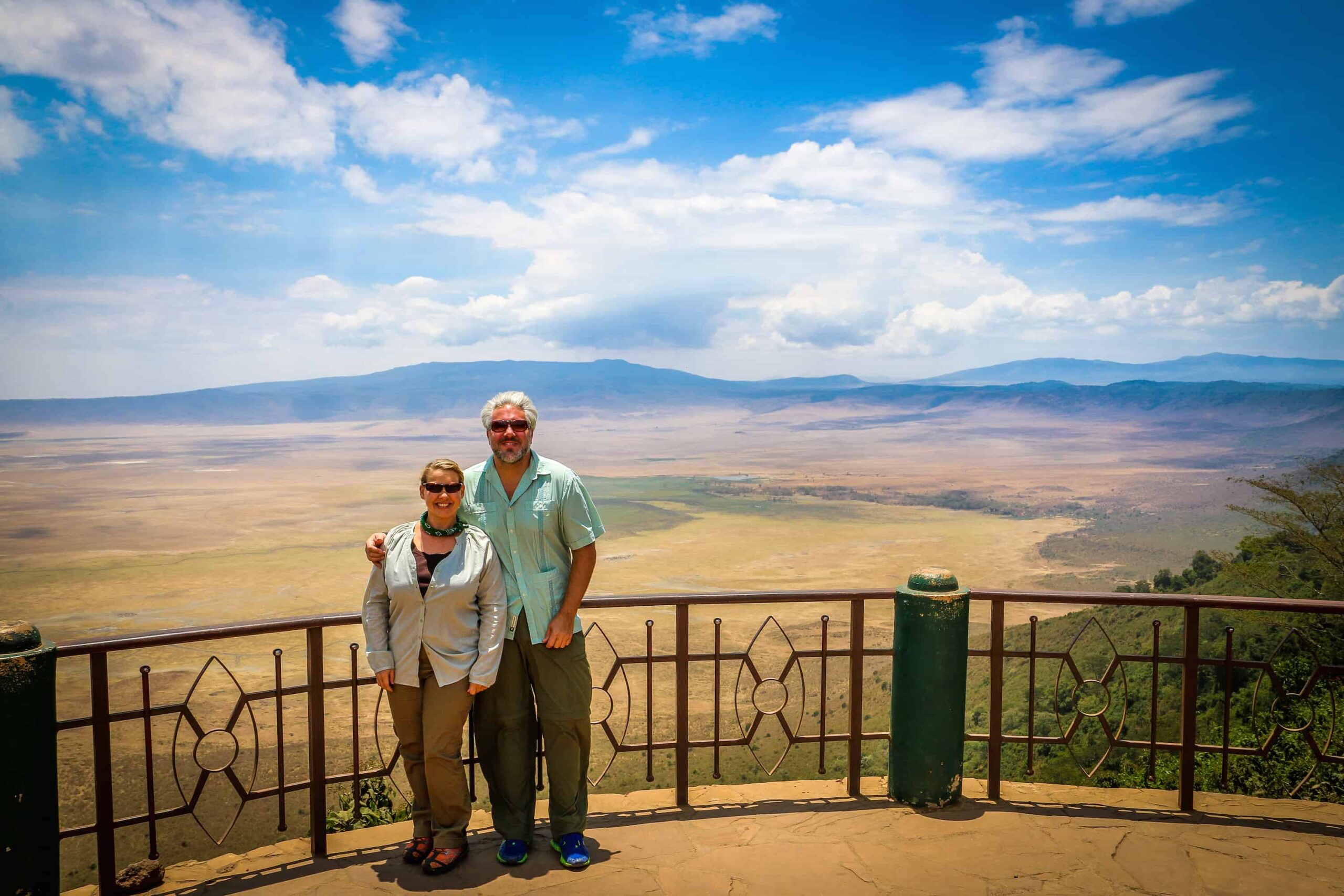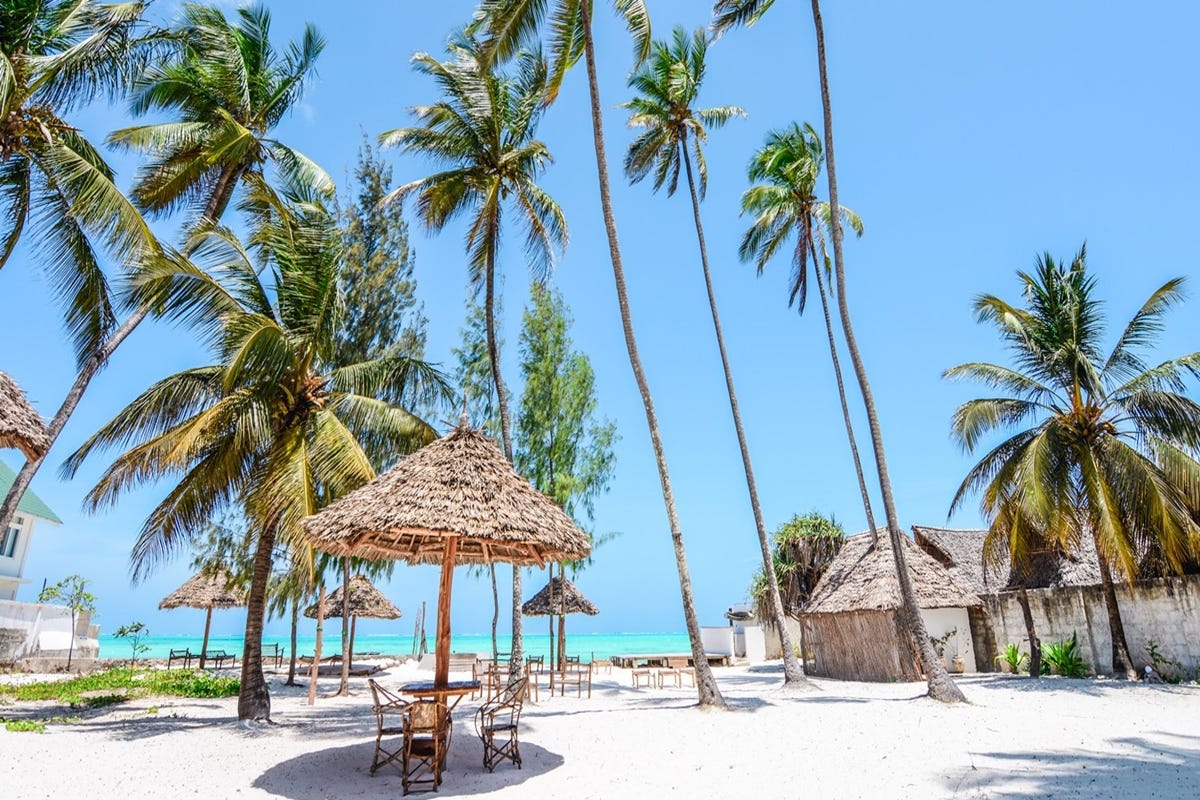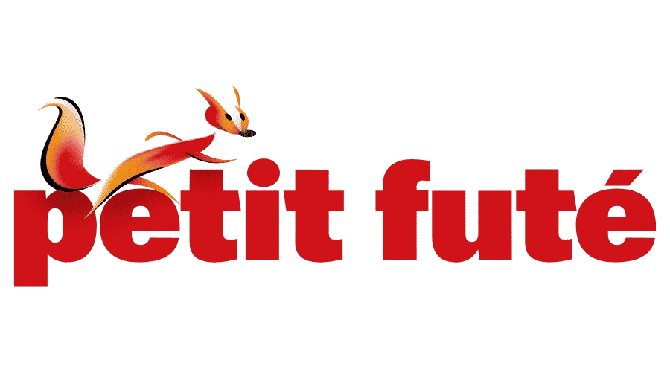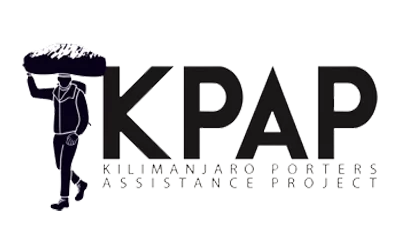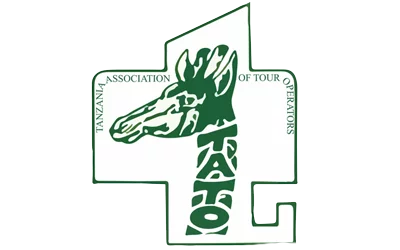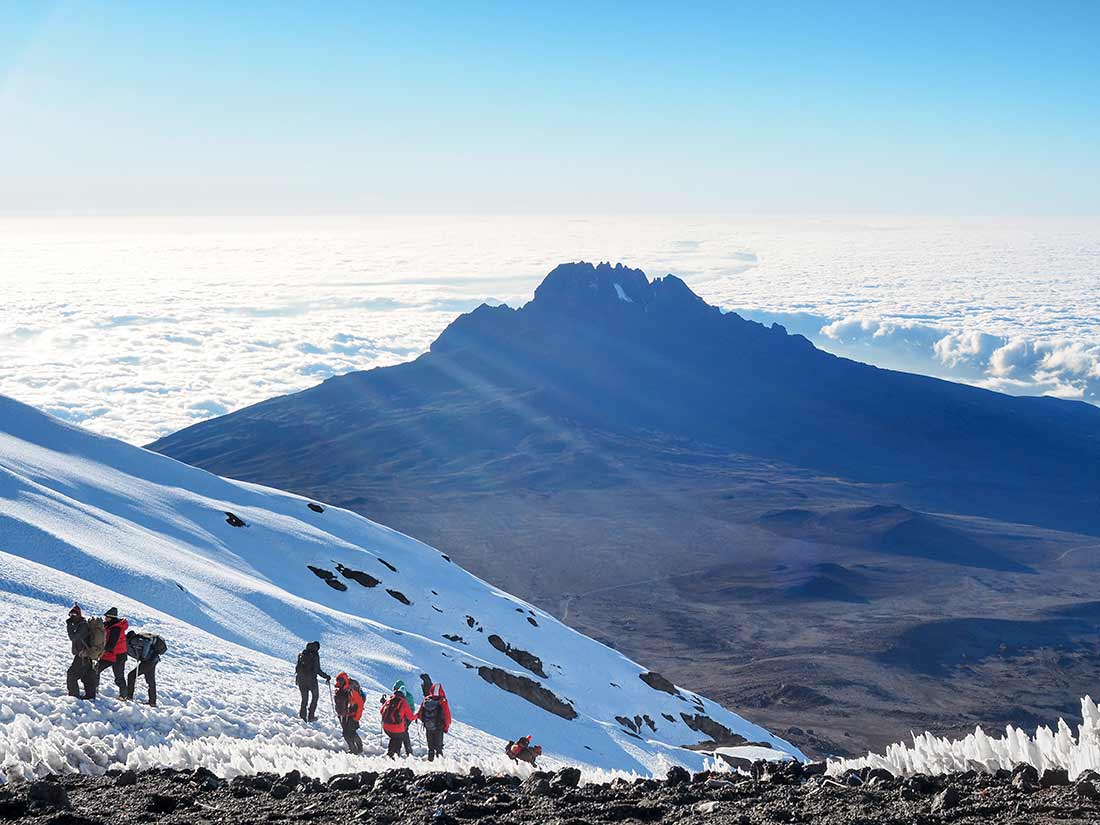
Are you an adventurer seeking the ultimate challenge? Look no further than the 8 days northern circuit route Kilimanjaro climbing expedition. In this comprehensive guide, we’ll take you on an exhilarating journey to the Roof of Africa, providing you with all the information you need to conquer this majestic peak.
Introduction
Kilimanjaro, the tallest free-standing mountain in the world, stands as an iconic symbol of adventure and determination. The 8 days northern circuit route is known for its pristine beauty, diverse landscapes, and low crowds. It’s the perfect choice for those seeking an unforgettable experience. Here’s what you need to know to embark on this extraordinary adventure.

Getting Started
Choosing the Right Tour Operator
Selecting the right tour operator is crucial. Look for one with experience, great reviews, and a commitment to safety. Safari Nuggets as your local operator will guide you through the process and ensure you have a successful climb.
Essential Gear and Equipment
Proper gear is essential for a safe and enjoyable climb. Make sure you have the right clothing, footwear, and equipment, including a sturdy backpack, warm clothing, and a reliable pair of hiking boots. Gears that you should have on your packing list.
The Itinerary
Day 1: Arrival in Moshi
Your Kilimanjaro adventure begins with your arrival in Moshi, a bustling town in Tanzania. You’ll be transferred to your hotel, where you can rest and prepare for the climb. It’s essential to spend this time acclimatizing to the altitude.
Day 2: Londorossi Gate to Mti Mkubwa
Your adventure begins at Londorossi Gate, where you’ll register and start your hike through the lush rainforest. The first day’s destination is Mti Mkubwa, where you’ll set up camp and enjoy your first night on the mountain.
Day 3: Mti Mkubwa to Shira 1 Camp
Second day of our 9 days Northern Circuit Route, We continue on the trail leading out of the rain forest and into a savannah of tall grasses, heather and volcanic rock draped with lichen beards. As we ascend through the lush rolling hills and cross several streams, we reach the Shira Ridge before dropping gently down to Shira 1 Camp. Here we catch our first glimpse of Kibo across the plateau .
Day 4: Shira 1 Camp to Moir Camp
Today we have the chance to view the Northern ice fields from the western side of the mountain with some unusual views of Kibo. The terrain during our steady climb will change from the moorland of the Shira Plateau to the broad upland desert beneath the Lent Hills with great panoramic views. Look out for the giant Senecio’s before the high alpine desert zone. Our camp is close to Moir Hut (4175m). After a short rest you can go on a recommended afternoon acclimatization walk towards the top of the ridgeline. The ridgeline is in the lower part of the Lent Hills (4300m) – about 2 km away and 130 meters higher than the camp. Dinner will be served on your return to camp.
Day 5: Moir Camp to Pofu Camp
Today we trek North to Moir Valley – tackle the hardest part of the day at the beginning as you climb a bleak and imposing slope to the summit of Little Lent Hill at 4,375m. Strike eastwards around the Northern Circuit Trail, continuing up and down the undulating valleys on the northern face of Kibo, before finishing your trek day at Pofu Camp. Afternoon Acclimatization Hike recommended.
Day 6: Pofu Camp to Third Cave
The day starts with a climb up heading east through the remote valleys and around the northern slopes to the Rongai Third Cave at 3,800 meters. The trek is shorter than the day before and vegetation gets increasingly sparse, but by now you should be feeling well acclimatized to the altitude and enjoying the fact there are no steep passages to tackle today. You will arrive at the Third Cave just around mid-afternoon.
Day 7: Third Cave to School Hut Camp
We begin today with a steady incline up and over the Saddle which sits between the peaks of Kibo and Mawenzi Peak. Although you should be acclimatizing by now, make sure to drink lots of water and stick to your guide’s slow pace. You could feel the weight of altitude today as you climb steadily higher up Kilimanjaro. Take a few breaks to rest when possible and enjoy stunning views across the saddle to Mawenzi. In preparation for you summit attempt, you will be served an early dinner after arriving at School Hut, before going to bed for an attempt at some shut-eye and rest. Remember to prepare all your gear, including warm clothes, insulated water bottles, snacks and headlamp before going to bed, as you will be awoken before midnight to start your summit attempt.
Day 8: School Hut↑ to UHURU PEAK (5895m) ↓to Millenium Camp
Today is “The Big Day” – the summit stage. Your guide will wake you around midnight for a hot beverage and snacks before you begin your final ascent which will be long, slow and strenuous ascent. Passing the Hans Meyer Cave at 5220m, the climb slowly but surely goes upwards. At sunrise, you should reach Gillman’s Point (5681m) – the crater rim of Kilimanjaro – where the sun will slowly start to warm up the land. You will have soon forgotten the cold of the night and after a further hike of 1 – 2 hours, you will pass Stella Point (5730m) to reach the highest summit on Kilimanjaro – Uhuru Peak at 5895m.
Witness the awe-inspiring views from the highest point on the African continent, take your pictures to document your achievements and revel in an unforgettable experience. Your descent to School Hut, will be fast and dusty, but a warm meal and short rest awaits you, before proceeding downwards 3-4 hours to Horombo Hut.
Day 9: Trek Millennium Camp to Mweka Gate
After breakfast the final day of your adventure begins, with a gentle trek down through the rainforest to Mweka Gate, where we complete park formalities and receive certificates, which you can hang up with pride! Our vehicles and driver will meet us at the gate to take you to your accommodation in Moshi, where you can treat yourself to a welcome shower, a cold swim (and a cold beer or two!) before a big evening celebration. Overnight in Moshi
Day 10: Departure – Kilimanjaro International Airport
After a good night’s rest at your hotel, you will take breakfast ready for the scheduled check-out by 10.00hrs.(If you wish to remain in the hotel during the day, please advise us of this when you book your trip and we will inform you of the cost for a ‘day room’ which allows you to stay until 18:00hrs, and then make the booking on your behalf.)
As the transfer services have been already included in this package, you will be collected from your hotel and dropped off at the airport.
When planning your Kilimanjaro expedition, it is essential to establish a clear budget in advance and take into account additional expenses such as tips for guides and concierge staff.
Safari Nuggets is a reputable local tour operator that helps you plan a safe and successful climb with a successful summit rate of over 95%.
What is the price for Kilimanjaro Climbing on 8 Day Northern-Circuit Route?
Below is a 2024 price list for the Kilimanjaro 8 Day Northern-Circuit route against the group size of climbers. Look for your expected group size and the price, then make a booking for your upcoming adventure with Safari Nuggets.
|
8 Days Northern Circuit Route Prices Per Person |
|
|
Number of Climbers |
Cost per Climber |
|
1 |
$3224 |
|
2 |
$2665 |
|
3 |
$2621 |
|
4 |
$2598 |
|
5 |
$2579 |
|
6 |
$2556 |
|
7 |
$2536 |
|
8 |
$2538 |
|
9 |
$2519 |
|
10+ |
$2491 |
The Trekking Package Price Includes:
- Airport pick up and drop off – Kilimanjaro Airport (JRO) – Moshi
- 2 Hotel nights accommodation in Moshi (one night before the trek and the night after the trek)
- All park fees for the national park including taxes
- All meals and unlimited drinking water while on the mountain
- Private toilet tent included (1 toilet for every 7 climbers)
- All salaries for guides, assistant guides, chef, porters
- Transport to and from the park gate
- Oxygen for altitude sickness emergencies
- All camping equipment (tents, tables, chairs, cooking equipment, dining tent, sleeping mattress — but not sleeping bag)
The Trekking Package Price Excludes:
- Extra JRO airport pickups and drop offs ($40 per car)
- Sleeping bag – please bring your own or rent one from our equipment rental shop
- International flights & visas
- Travel Insurance
- Mountain climb staff tips
- Alcoholic drinks
- Personal travel and baggage
- Telephone/internet bill
- Laundry service
- Any personal items
- Activities not mentioned in the program
Note: For private groups with an even number of participants, the price is based on double occupancy in the hotel in Moshi and in the tents on the mountain. Private rooms/tents are available at an added price. For odd numbered participants, the price for one single hotel room and tent is already factored into the quoted price. Our default policy is to divide the entire price evenly. If you prefer, we can calculate a separate price for those with double occupancy and the person with single occupancy.
Booking Your Kilimanjaro Climb
You can book your 2024 Kilimanjaro climb by filling this form and submit your request. Our tour consultant will get back to you shortly with a quote proposal for your climb. Also see what other customers say about Safari Nuggets on TripAdvisor. Read our Kilimanjaro FAQs and Kilimanjaro Packing List.
Frequently Asked Questions
- What’s the best time to climb Kilimanjaro? The best time is during the dry seasons, which are from late June to October and from December to March.
- Is it safe to climb Kilimanjaro? Yes, with proper preparation and a reliable tour operator, Kilimanjaro is a safe mountain to climb.
- Do I need prior climbing experience? While prior experience is helpful, it’s not required. The northern circuit route is suitable for trekkers of various skill levels.
- What should I pack for the climb? Your packing list should include warm clothing, a comfortable backpack, sturdy hiking boots, and essential personal items.
- How do I deal with altitude sickness? Adequate acclimatization, staying hydrated, and following your guide’s instructions are essential in preventing altitude sickness.
- Can I climb Kilimanjaro independently? No, climbing Kilimanjaro requires a licensed tour operator and a guide.

